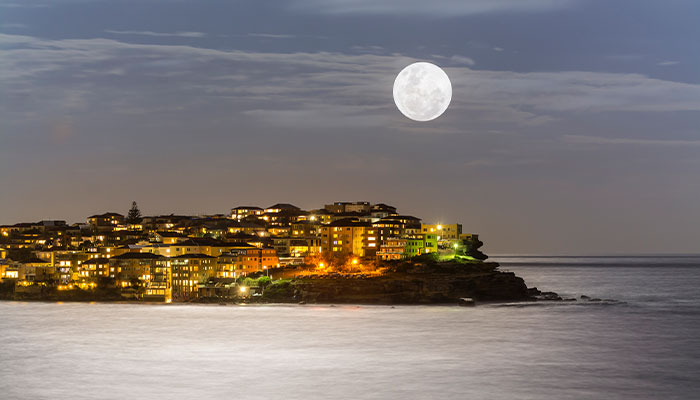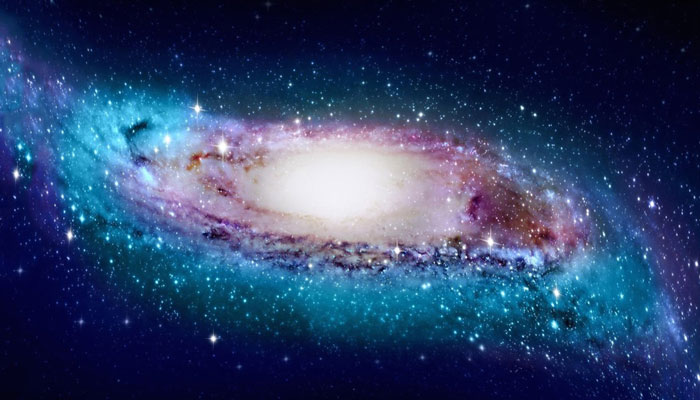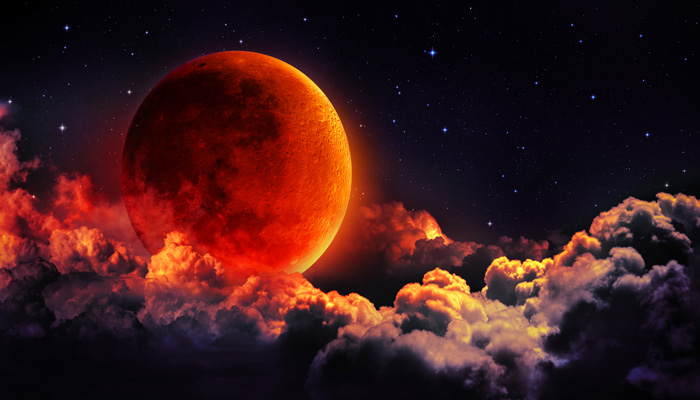It's time to rug up and get out to see some meteor showers. These shooting stars have travelled millions of kilometres to enter into Earth’s atmosphere to give you a fiery performance.
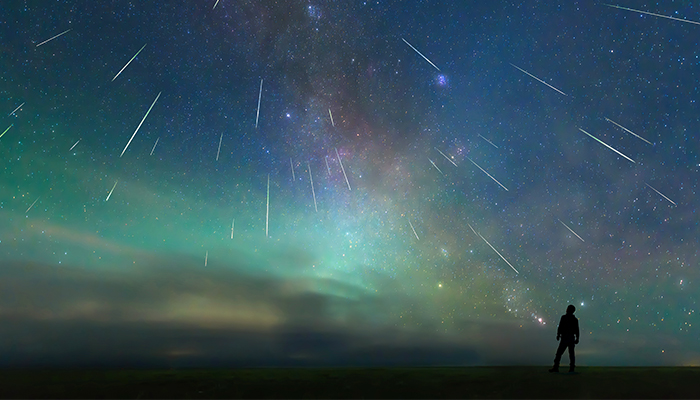
Shining bright: The Perseids are one of the brightest meteor showers of the year but in 2019 they'll be washed out by a full moon, explains astronomer Dr Tayyaba Zafar.
We will miss the larger Perseids shower this year because of the full moon and it being more favourable to northern latitudes but there are three minor showers — Southern Delta Aquariids, Piscis Austrinids, and Alpha Capricornids —coming together to provide southern hemisphere observers an excellent mid-winter show. The activity period of these showers is early July to mid-August with the best viewing dates for the nights of 28-30 July. You can expect to see around 35 meteors per hour!
Comets are dirty snowballs of frozen gases, dust and rocks. Comets orbit around the sun like planets but in lopsided orbits. When a comet passes close to the sun, its icy surface boils off and releases some dust and rocks. This debris spreads along the comet’s path, particularly in the inner solar system.
Some comets have orbits that partially cross the Earth’s path. Each year as Earth makes its journey around the sun, it passes through the orbits of different comets and runs into comet debris. This debris then enters the Earth’s atmosphere because of its gravitational pull and produces a shower of meteors.
This combination of slow and fast-moving meteors will make a spectacular show for anybody watching.
When a small bit of comet or asteroid enters the Earth’s atmosphere at high speed and burns itself up because of friction between the atoms and molecules in the atmosphere, it produces a light streak. This is called a meteor.
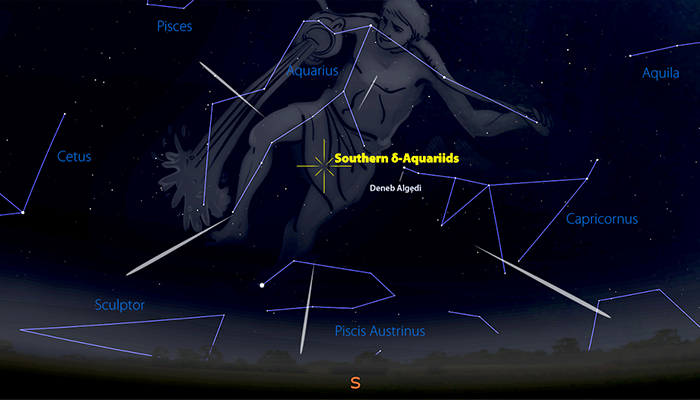
Starry-eyed: The Southern delta Aquariids radiant lies in southwestern Aquarius, not far from the Capricornus border (one of the constellations of the zodiac). Picture credit: American Meteor Society.
When these bits of comets and asteroids are floating in the space between the planets they are called meteoroids. But sometimes meteors don’t completely burn up and some chunk of it makes it to the ground; then it’s called a meteorite.
The parents of the Southern Delta Aquariids and Alpha Capricornids showers are Comet 96P/Macholz and Comet 169P/NEAT, respectively. The parent of Piscis Austrinids is unknown. Southern Delta Aquariids produce bright and fast meteors and is the most active of the three. On the other hand, Alpha Capricornids produce bright and slow meteors at lower rates. Piscis Austrinids will produce faint meteors.
This combination of slow and fast-moving meteors will make a spectacular show for anybody watching. The peak activity night for Southern Delta Aquariids and Alpha Capricornids shower is the night of 30 July.
Check if it’s clear outside on your stargazing night. Go somewhere away from light pollution (for Sydneysiders, Royal National Park Coast Track and Ku-Ring-Gai Chase National Park are best) to have a good view of the sky, pack your camping stuff and of course some Tim Tams and have some friends to share them with.
Regardless of your location, reasonable rates of these showers will begin from 10pm and best rates will be seen after midnight.
Dr Tayyaba Zafar works in the Australian Astronomical Optics team at Macquarie University.

